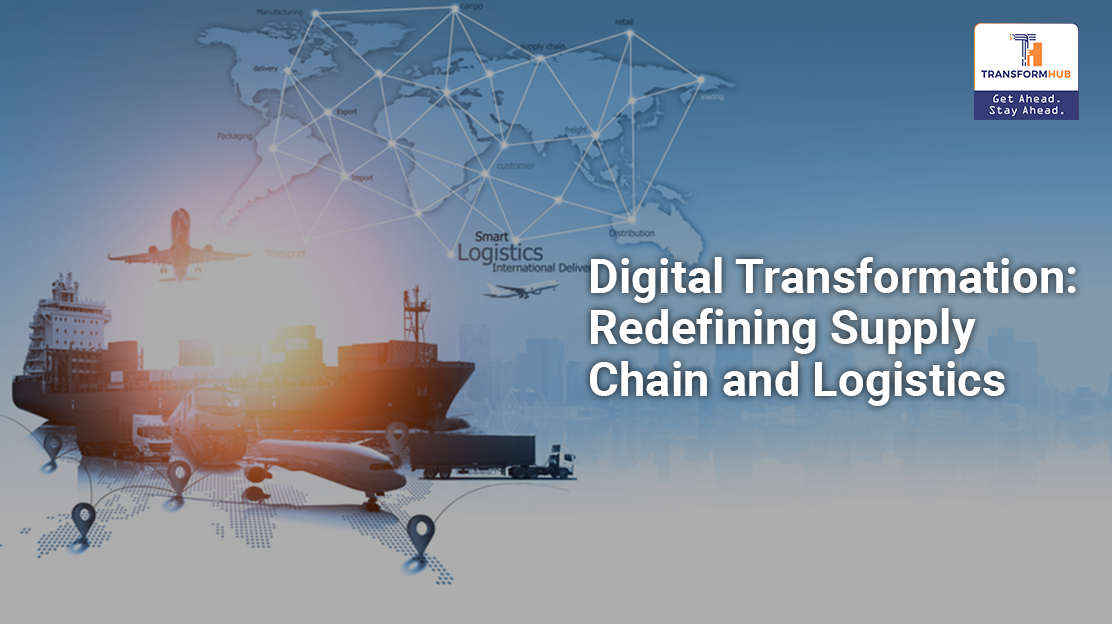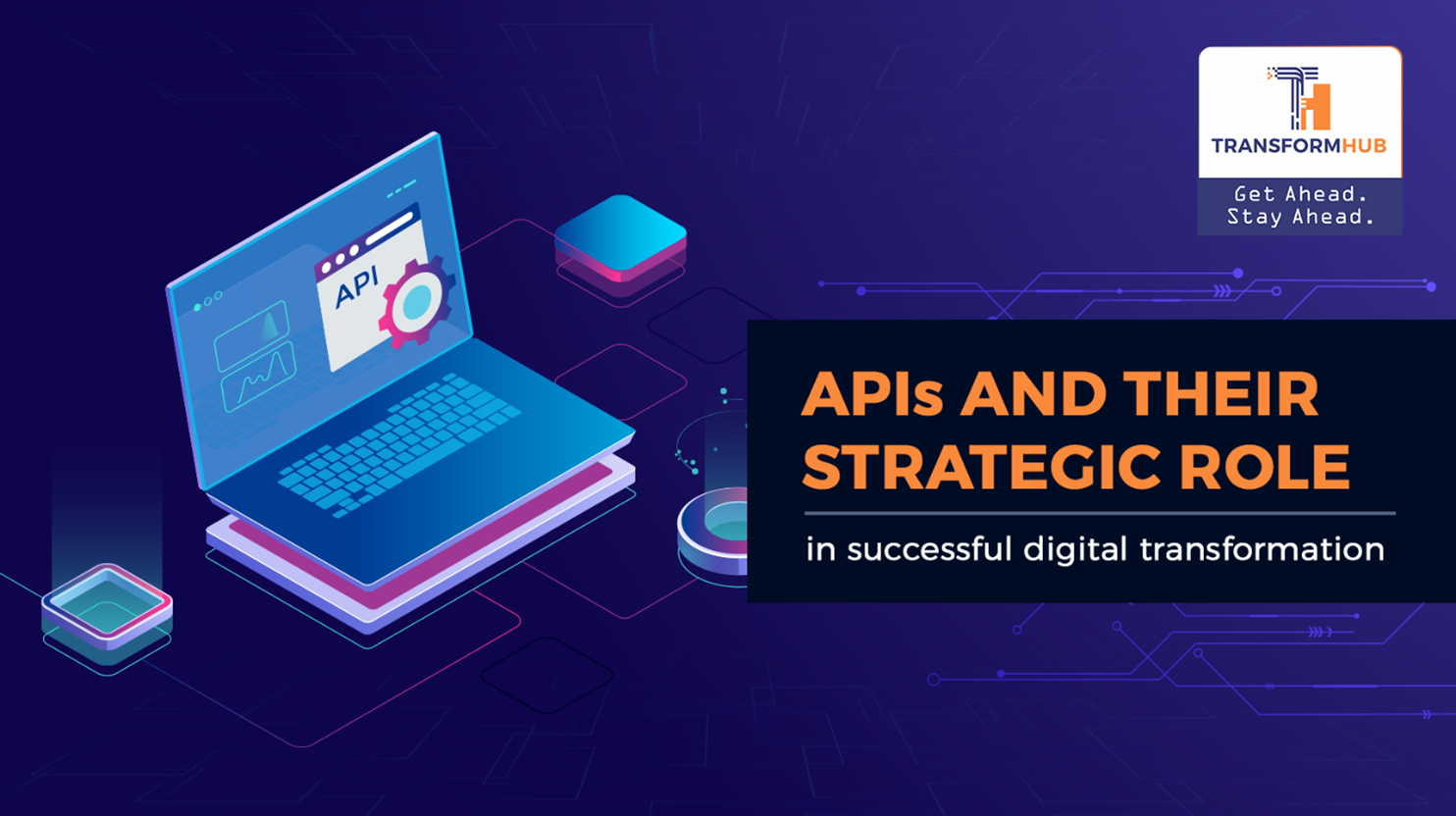Legacy Modernization: A Necessity for Seamless Financial Services
In a rapidly evolving world where adaptability and resilience mean everything, traditional banks continue to operate with legacy applications for their banking industry solutions.
This practice threatens their very survival in the aggressively growing financial markets.
Besides, there is considerable competition from modern FinTechs that not only offer a better customer experience but also come at a lower fee for the myriad services they provide through digital channels.
Some banks have already realized the limitations of their existing architecture in offering advanced finance industry solutions and are keen on legacy modernization.
Besides, the forever-changing regulatory standards call for a quick turnaround time for compliance.
FinTechs on the other hand is raising the bar for banking and financial services with contactless banking and easily accessible digital channels across geographies.
Legacy architecture impedes digital transformation constraining banks and financial institutions from exploring new opportunities.
Legacy modernization is clearly required for them to survive and thrive.
What they immediately need are smart modernization strategies that would enable them to embrace new technologies and build a solid cloud-enabled application architecture.
So let's examine the need for modernization and the subsequent approaches to consider to enable legacy modernization.
The triggers
Legacy applications are typically old school, based on design principles and technologies that are now redundant.
The need for agile, resilient, and adaptable applications is being felt more than ever before as implementing even a minor change to the massive monolithic systems can take a huge amount of time and effort.
While banks acknowledge the need for mainframe modernization, they struggle during application migration.
Deutsche Bank recently partnered with Oracle to modernize its database technology and accelerate its digital transformation by consolidating its current critical applications on a single platform.
Explains Bernd Leukert, Chief Technology, Data and Innovation Officer, Deutsche Bank, "Data is fundamental to how we manage our operations, anticipate the needs of our customers, and design new products and services.
Our applications supported by Oracle Exadata Cloud@Customer will benefit from a platform with the flexibility to adapt and scale critical services at speed, as well as derive better data insights.
In the process, we will simplify and modernize our technology environment, save the bank significant costs and reduce energy consumption through consolidated servers.”
Some of the biggest challenges traditional banks are grappling with include:
- Inadequate security
- Shrinking skills
- Non-availability of support
- Operational inefficiencies
- Poor customer experience
- Inability to capitalize on new opportunities
- Longer time-to-market
- High maintenance cost
Some or all of the above-mentioned factors can affect the credibility of the bank and its banking industry solutions.
The challenges
Delay in regulatory change implementation often makes banks and financial institutions vulnerable to scrutiny, penalties, and loss of reputation.
Often, digital transformation services come to the rescue of such banks to give them a taste of what legacy modernization is all about.
Legacy applications are often sluggish since they are not well-integrated and are run in batch mode.
This stands in the way of offering real-time updates leading to both financial and opportunity loss for banking and financial institutions.
There is plenty of rework involved and inadequate information poses challenges in making the right decisions.
The Internal Revenue Service (IRS) for instance had been using its antiquated and inflexible coding language for over 60 years for its filing and refund processes.
While it did continue doing what's needed, modernization became highly imperative to address security, efficiency, and adaptability concerns.
The focus therefore should be on building and adopting an agile, cloud-enabled application architecture that operates using the potential of microservices, application programming interface (API) frameworks, and artificial intelligence (AI) technologies.
To be able to come up with strategies for legacy modernization, organizations need to decide the priority and sequence of modernizing applications.
This would ensure they keep subjectivity out of the decision-making process and make the best of the existing solution landscape.
According to the 2020 Mainframe Modernization Business Barometer Report, 74% of organizations undertook a legacy system modernization project but did not complete it mainly due to a disconnect in priorities between technical and leadership teams.
A digital transformation company can be of huge help in charting this course.
You need to prioritize from both business and IT perspectives.
You need to evaluate business fit, business value, and agility to be able to provide greater business value.
On the IT side, you need to critically evaluate cost, complexity, and risk to estimate the cost of ownership, and ensure support, scalability, and security.
The thought
The core modernization exercise should be based on the following questions:
What skills would be required to manage the systems and how will you retrain existing people for those skills?
Would you recruit new people for the job since these systems would also require regular maintenance?
Would the technology experts have enough technical and institutional knowledge to give you the competitive advantage necessary to thrive in this age of digital transformation?
Legacy modernization success ensures:
- Digital competitiveness
- Better use of talent
- Greater customer satisfaction
- Better regulatory compliance
- Improved efficiencies
- Reduces costs
- Efficient business process cycle time
- Lower maintenance
- Future-ready solutions
- Retention of institutional knowledge
While transitioning the existing mainframe applications to a configurable set of Cloud Native applications, the intellectual property of your business should be protected at all costs.
Only then would you be able to generate maximum value from current and future applications.
Choosing the right modernization strategy
Modernization strategies must be carefully weighed to ensure the highest impact and value.
Says Stefan Van Der Zijden, VP Analyst, Gartner, “For many organizations, legacy systems are seen as holding back the business initiatives and business processes that rely on them.
When a tipping point is reached, application leaders must look to application modernization to help remove the obstacles.”
Software development services and industry leaders have often stressed the importance of understanding the risk-reward ratio before acting upon new strategies.
There are quite a few modernization options to consider.
From 'rebuild and replace' to piecemeal updates as you go, there are several approaches that can help you get started on the modernization journey.
The right modernization partner will take you through the nitty-gritty and layout a roadmap based on your needs and choices.
Among the many available, you may want to consider one of the following approaches to modernization.
Migration and enhancements
A rather simple and practical approach, it makes sure your products and finance industry solutions continue to serve for a long time.
Rehosting and some minor enhancements like UI/UX (User Interface and User Experience) updates, performance optimization, and database migration are part of this approach.
Correction and growth
Modernization in this context includes minor enhancements or modifications like architecture optimization or code refactoring, UX updates, etc. as the product technology stack is considerably new and does not threaten future growth.
More features can be added once the product is updated and ready for third-party integrations or custom-built modules.
While many choose to improve the existing app, the duct tape approach involves building a whole new application that can be synced with the legacy one to bridge the functionality gap.
Complete software reengineering
This is a rather extreme approach that involves a thorough analysis of the features that are critical for business growth and those that are no longer required.
The necessary features are accordingly prioritized and modified.
The legacy system then forms the basis on which a more up-to-date, capable product is created that comes with a greater appeal, modern technologies, and scalable architecture.
The product so created turns out to be a better version of its predecessor minus the features that had become redundant.
In closing
Legacy modernization is not as complicated as it’s made out to be.
Fintech software development teams can create in-house upgrades to give your business the necessary impetus or you may choose third-party packages that come with the knowledge and tools to enable legacy modernization.
Undertaking in-house upgrades may seem easy initially but as your business needs evolve, you may want to adopt a combination of third-party packages and in-house upgrades for successful software integration and legacy modernization.
The right technology partner can help you choose an appropriate modernization strategy to help you grow and drive better business outcomes along the way.
Share this
You May Also Like
These Related Stories

Digital Transformation for Supply Chain and Logistics

Multi-Cloud Strategies: Ensuring Security and Scalability in Finance




